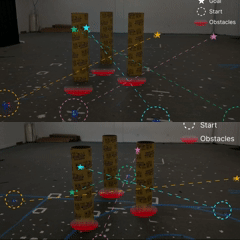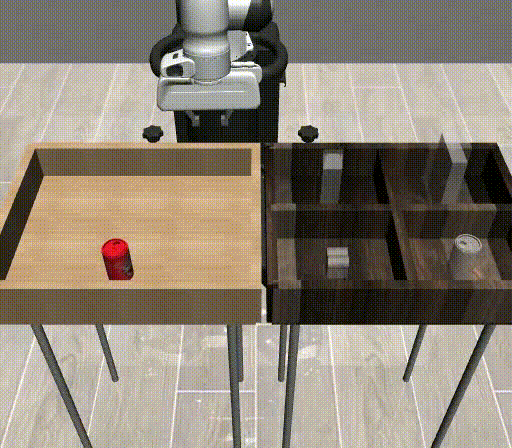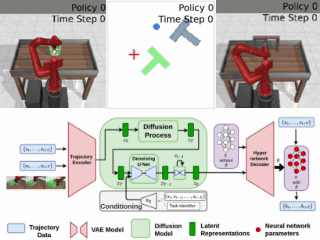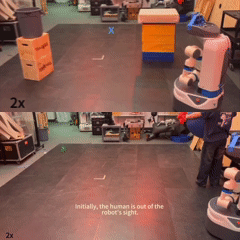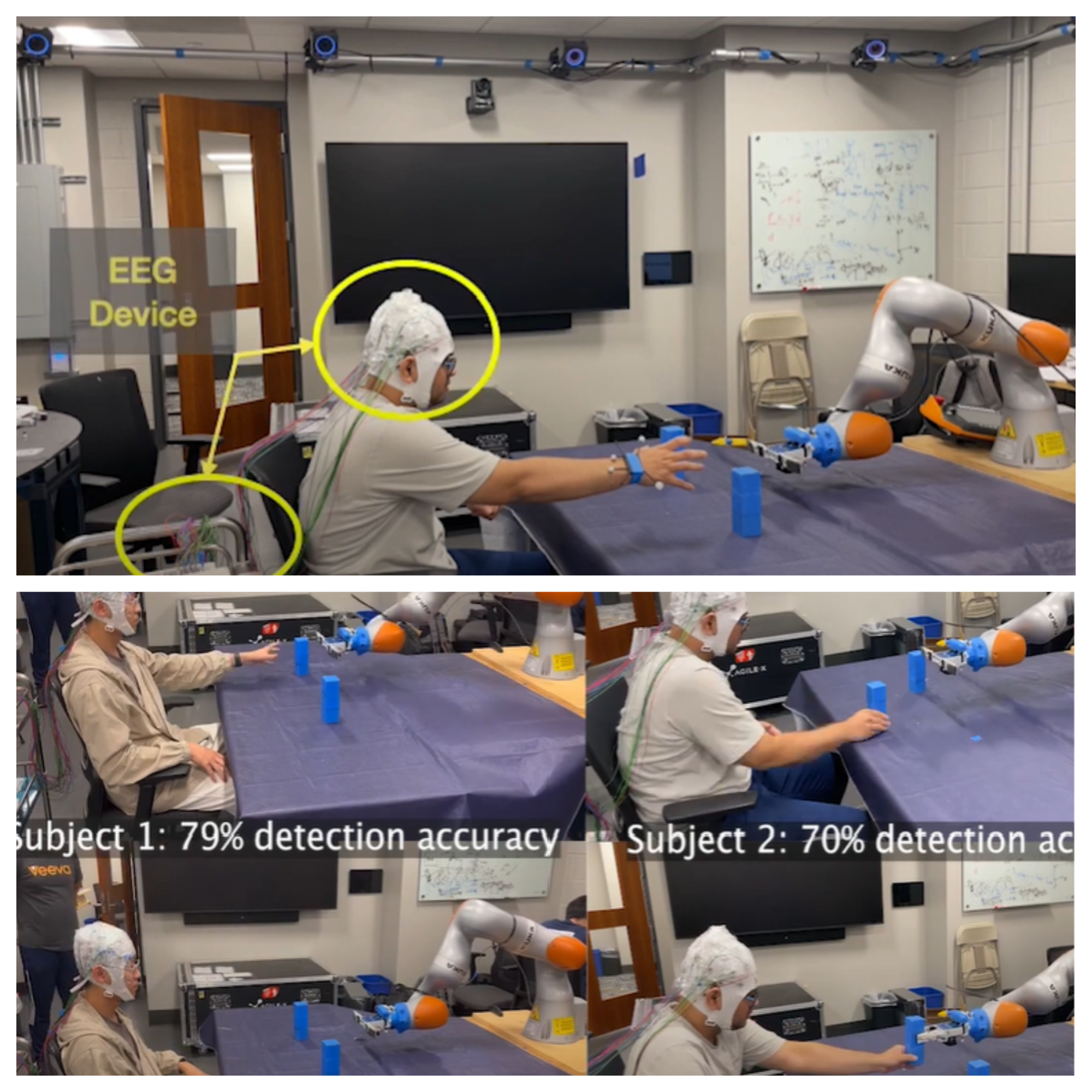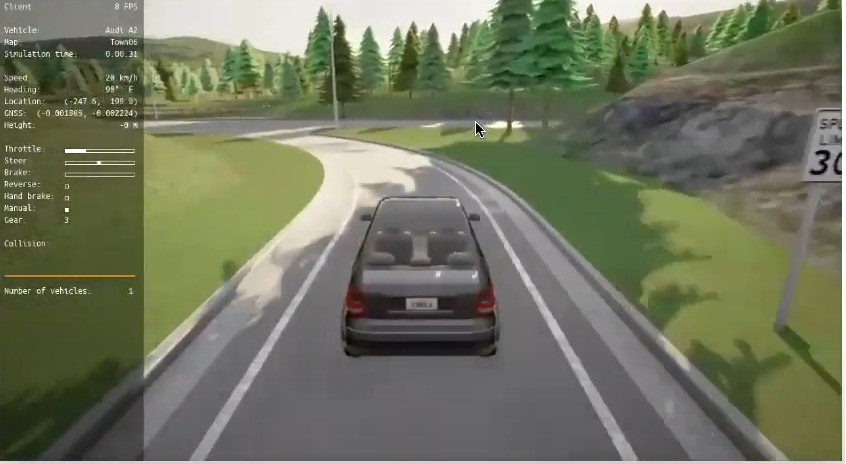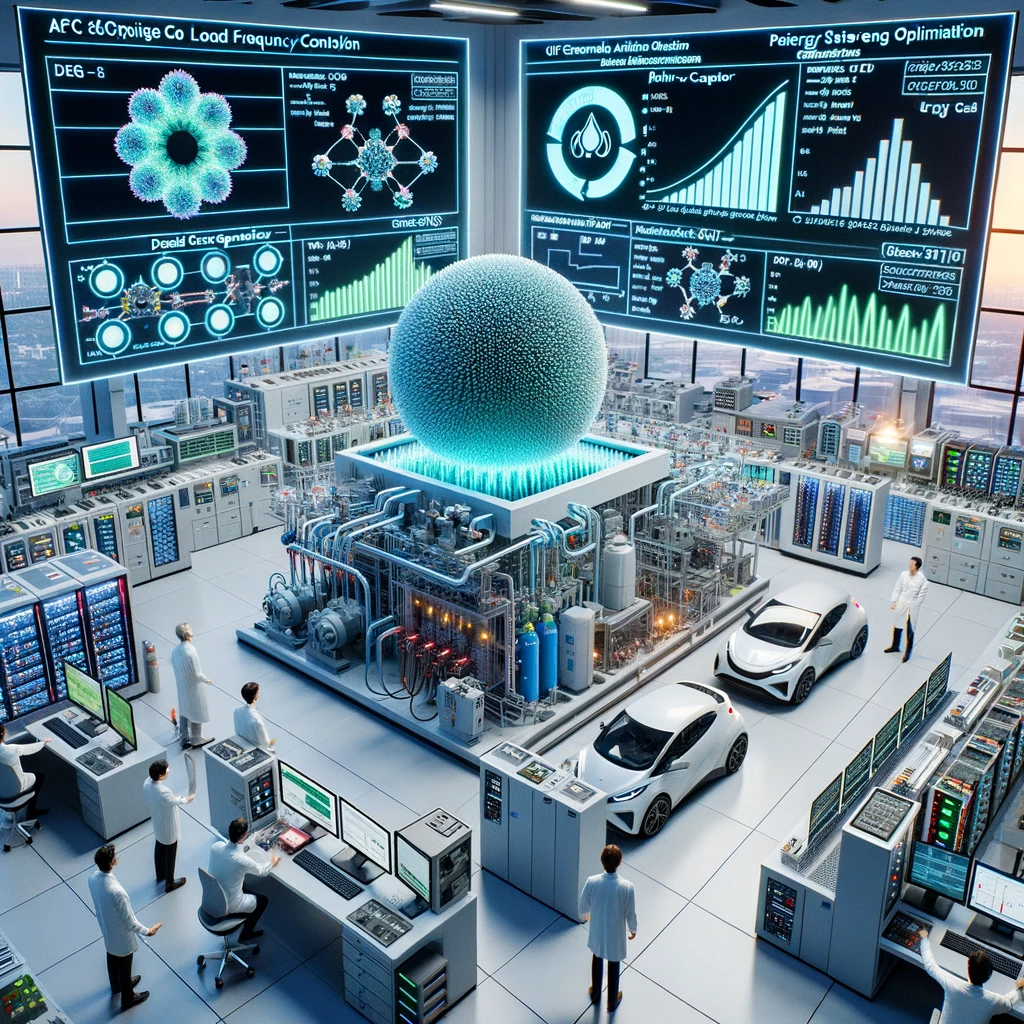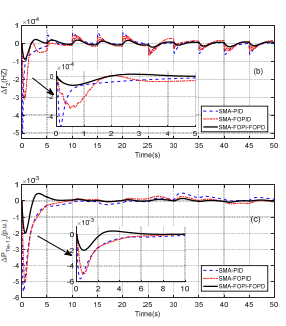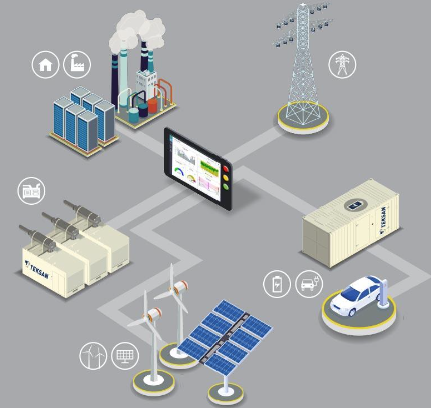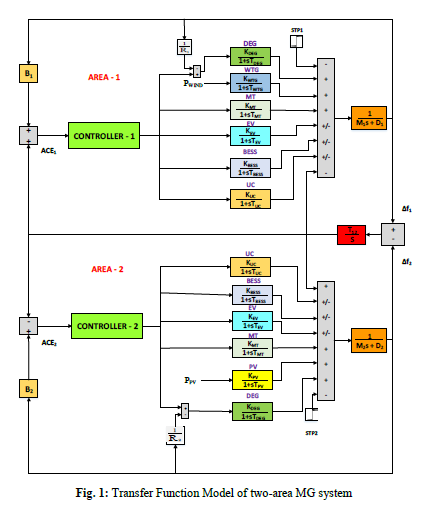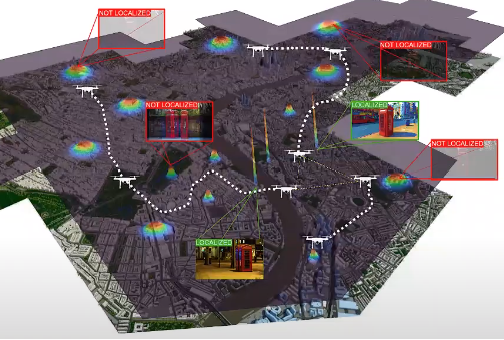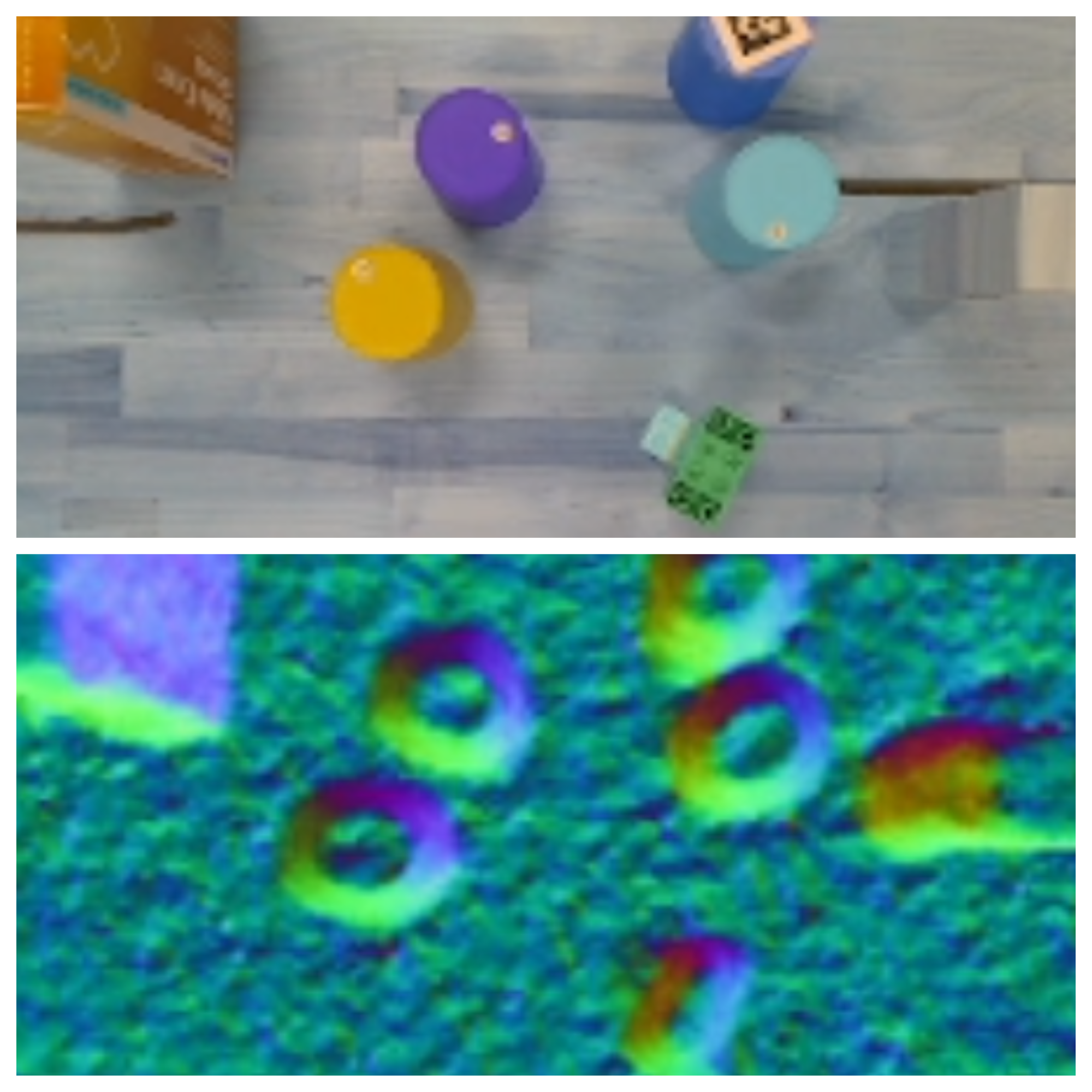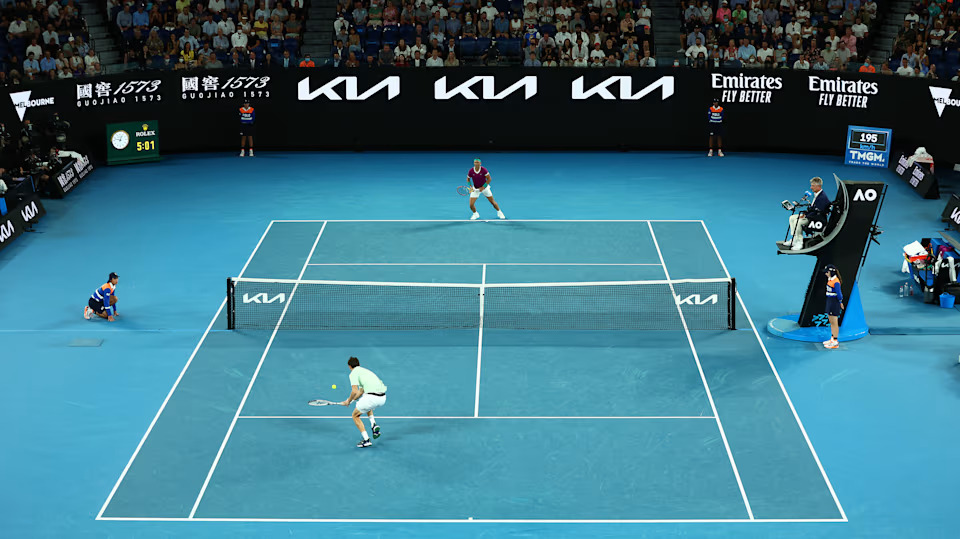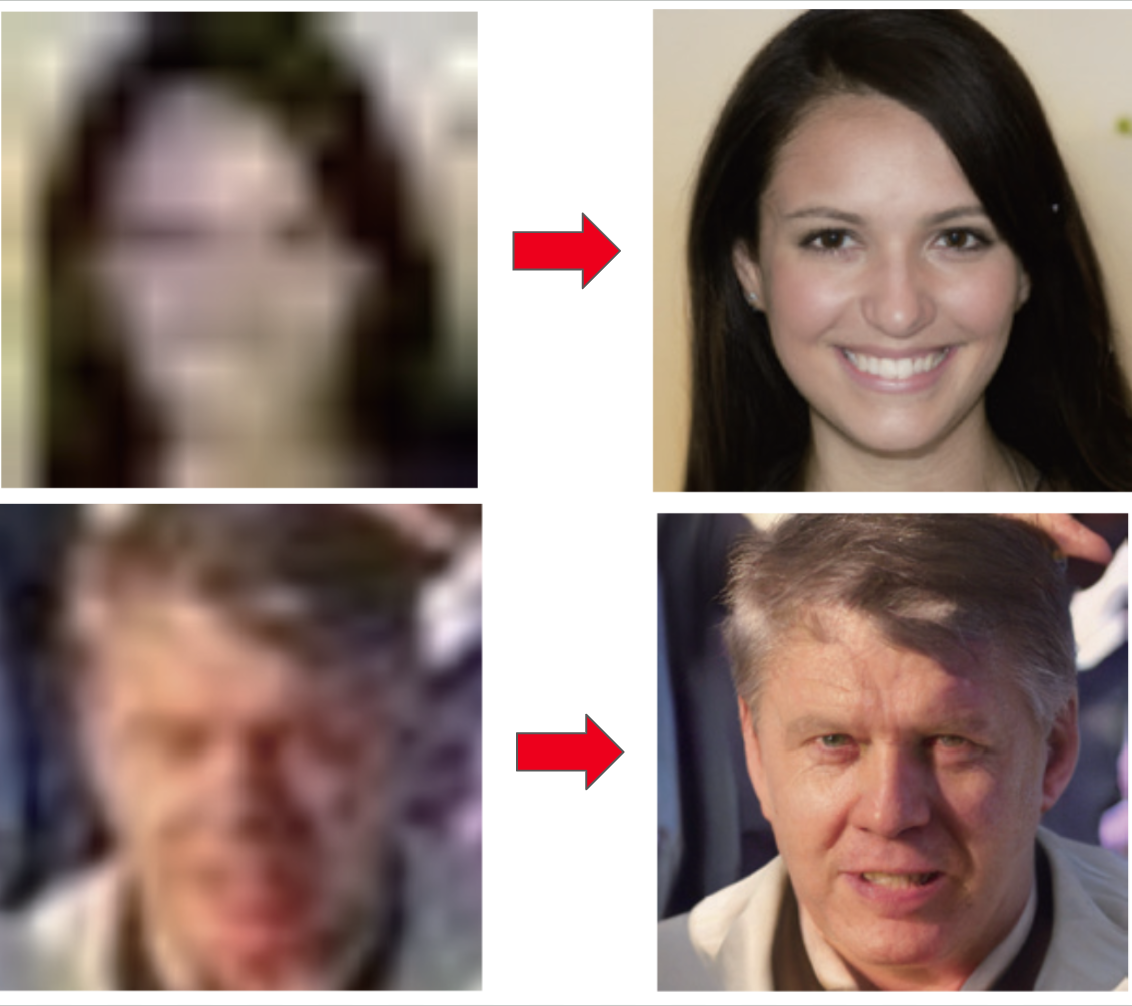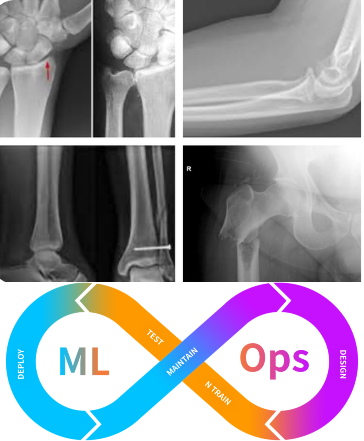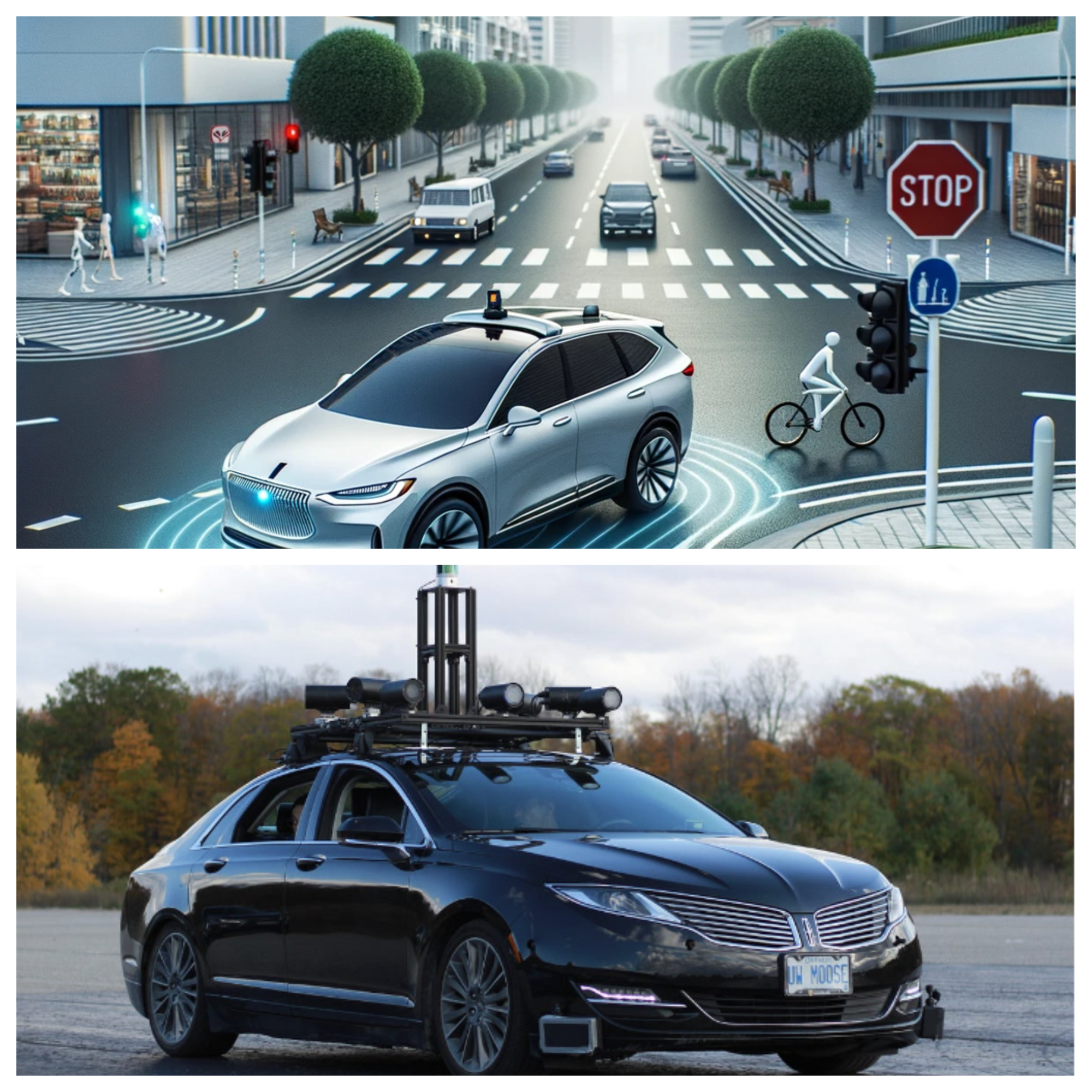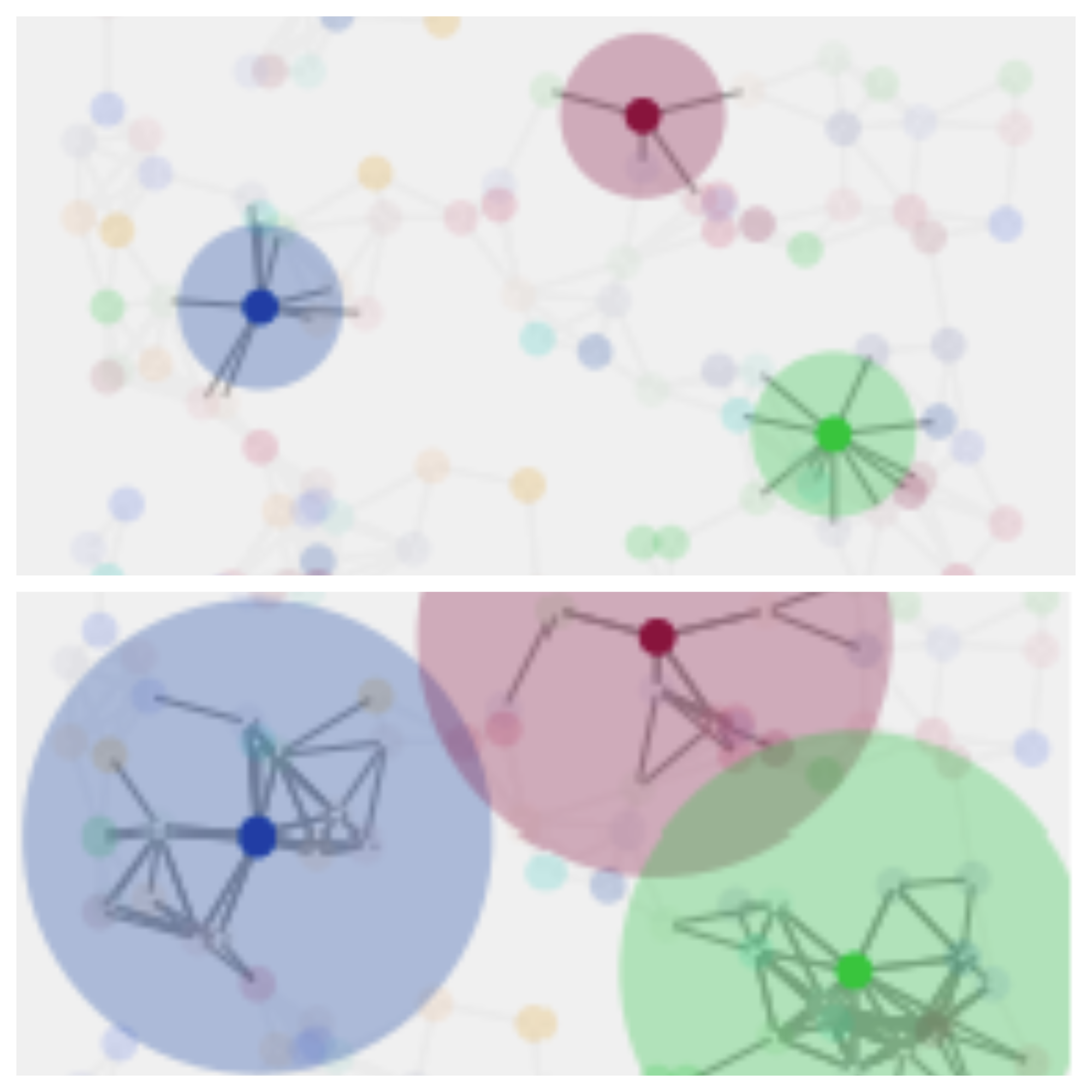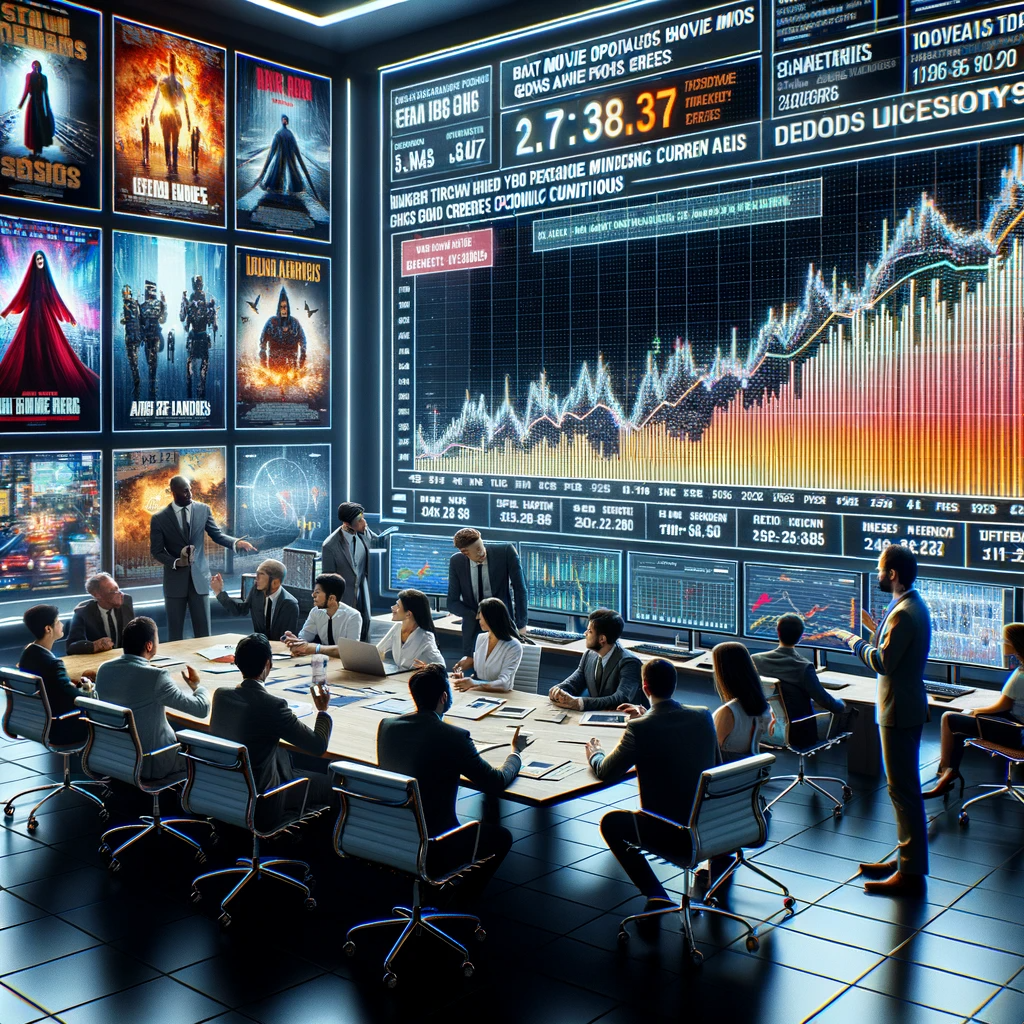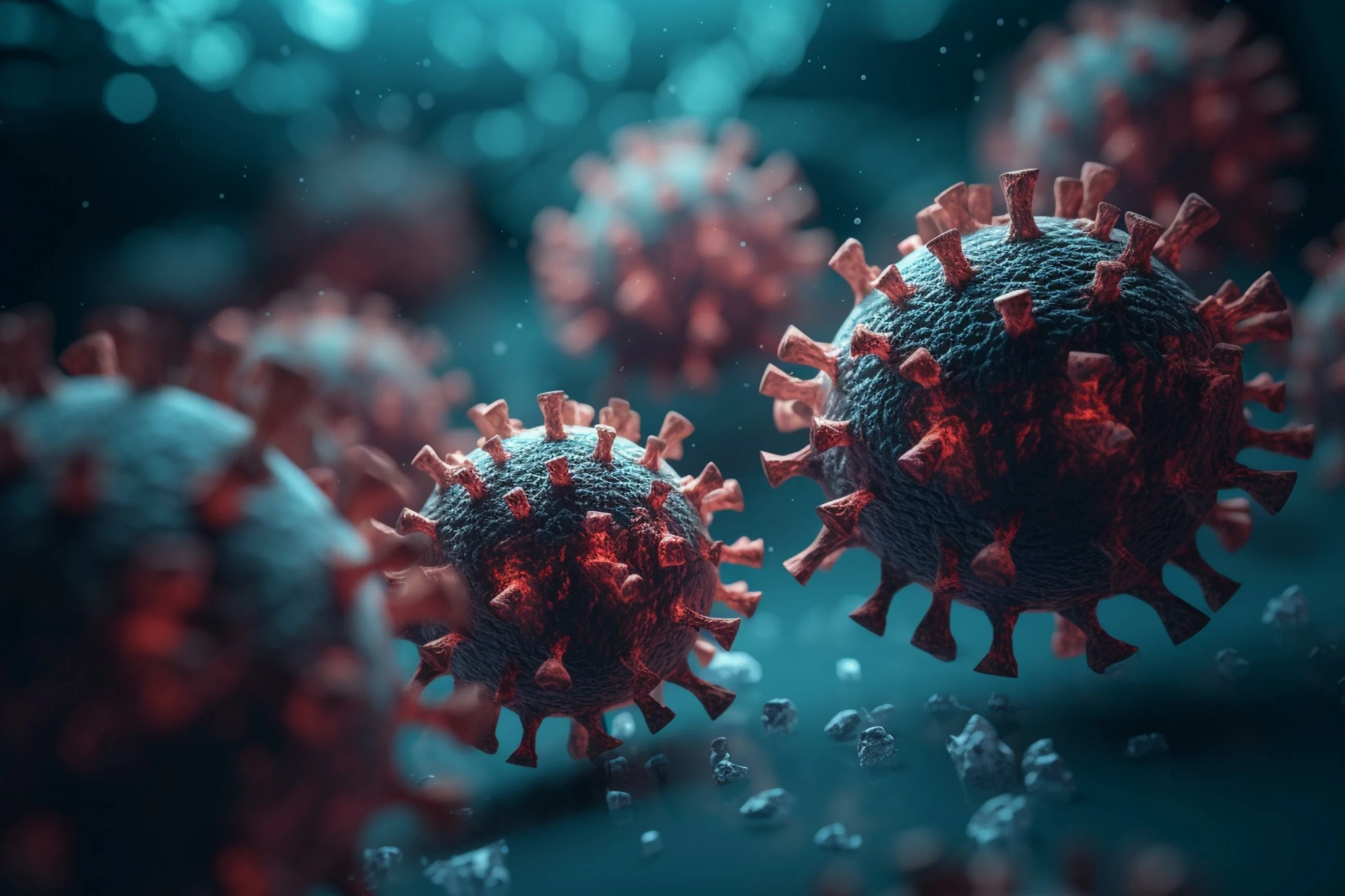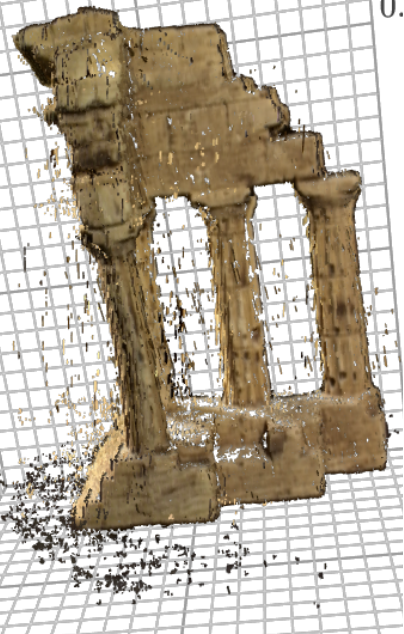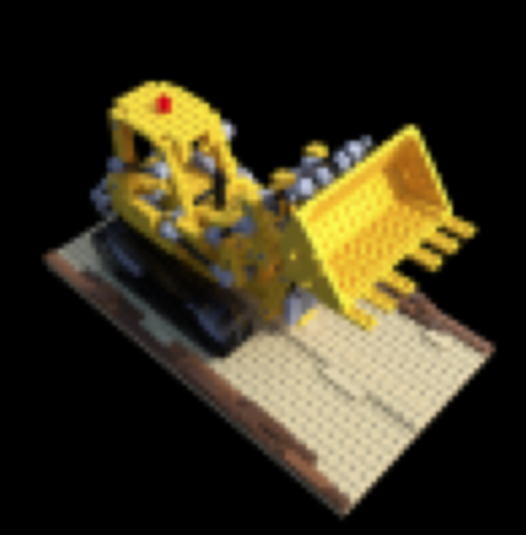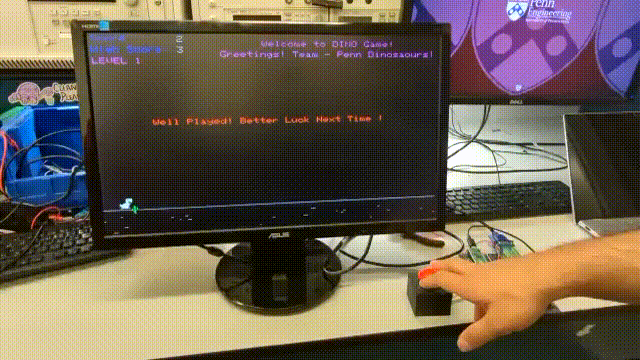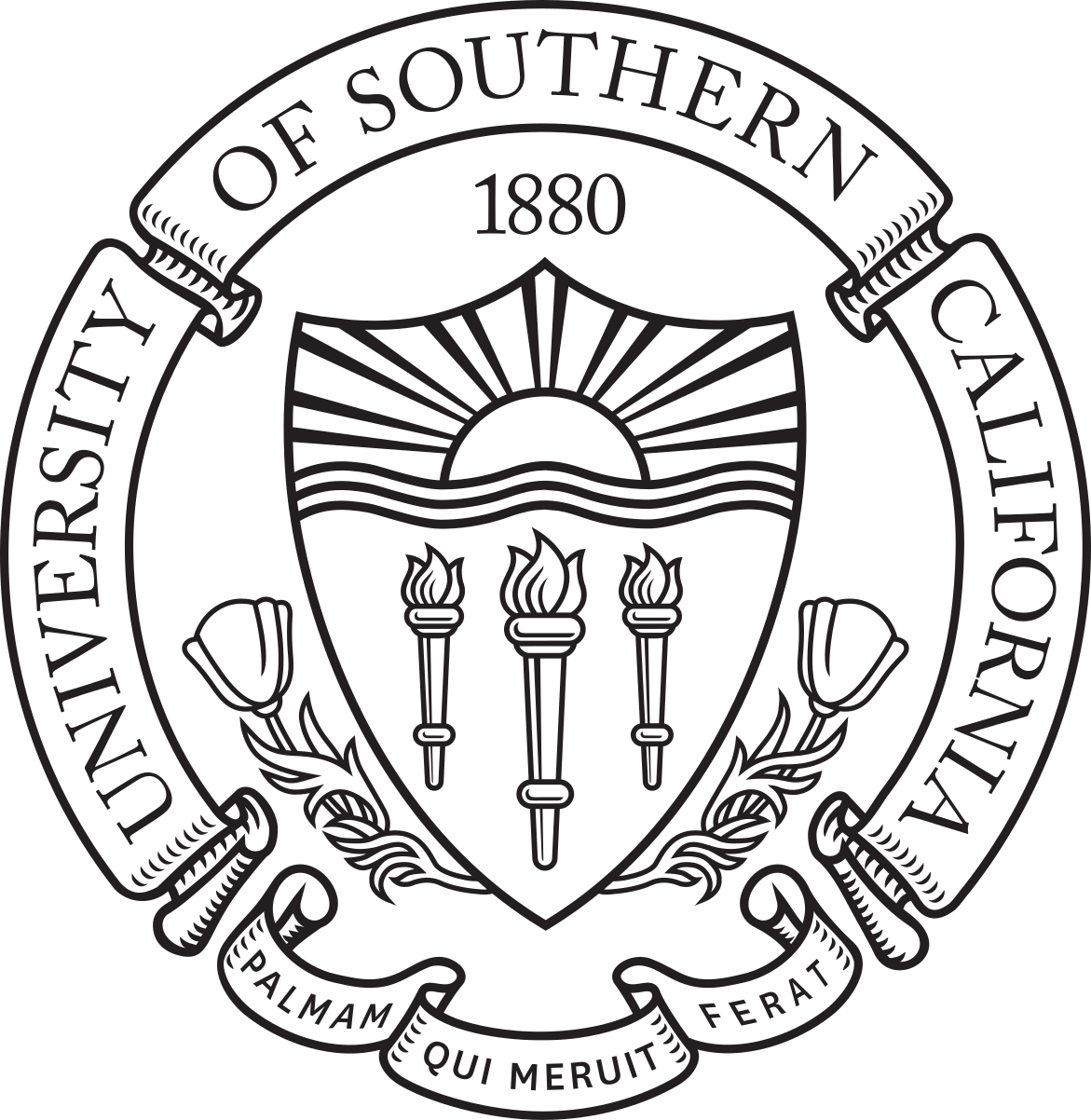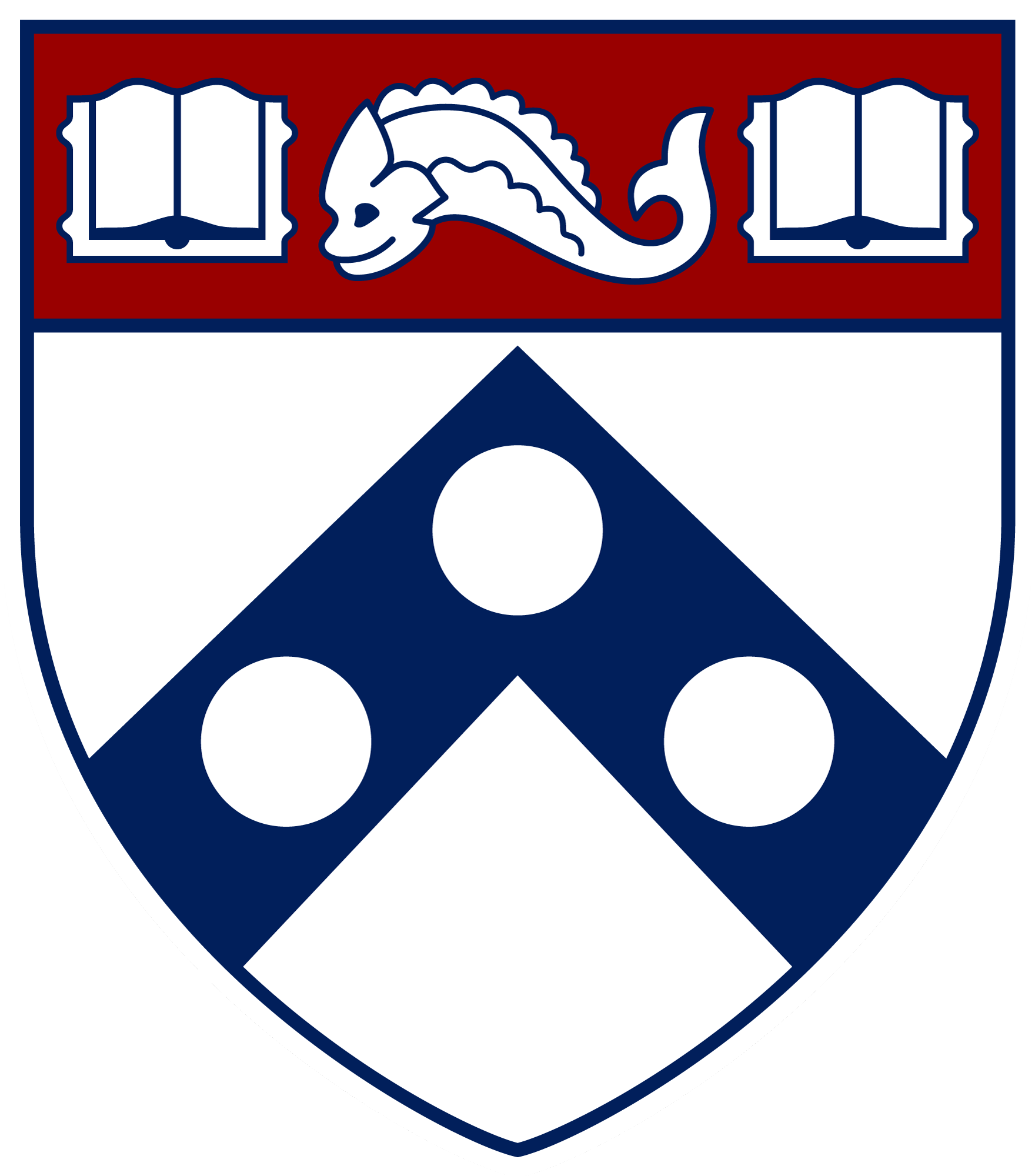|
I am a second-year PhD student in Computer Science at the University of Southern California, advised by Prof. Gaurav Sukhatme. I also work with Prof. Lars Lindemann. I hold a master’s degree from the University of Pennsylvania, where I specialized in Robotics and Machine Learning. During my time at Penn, I was fortunate to work with Prof. Nadia Figueroa, Prof. Nikolai Matni, Prof. Ruzena Bajcsy, and Prof. George Pappas at the GRASP Lab. My research lies at the intersection of machine learning and robotics, focusing on improving the performance, efficiency, and interpretability of learned policies. A central theme of my work is post-training behavior refinement of end-to-end robot policies. I develop principled methods to steer and modify the behavior of pre-trained policies at inference time, without retraining. My research studies how latent activations evolve within deep policies and how targeted interventions on these activations can induce desired behaviors and adapt policy execution at run time. Alongside this direction, I explore challenges in efficiency and robustness in imitation-learning-based manipulation. More broadly, I am excited by directions involving world models, imitation learning, vision-language-action (VLA) models, reinforcement learning, and 3D perception for embodied reasoning. |

|
|
In the near term, my goal is to make today's robot policies, though still imperfect, reliable and performant enough for deployment in real-world environments, beyond controlled lab settings. By enabling robots to gain real-world experience and collect richer multimodal data, we take a step toward the broader goal of developing generalist robot policies that empower robots to naturally coexist and collaborate with humans across diverse tasks and environments. |
